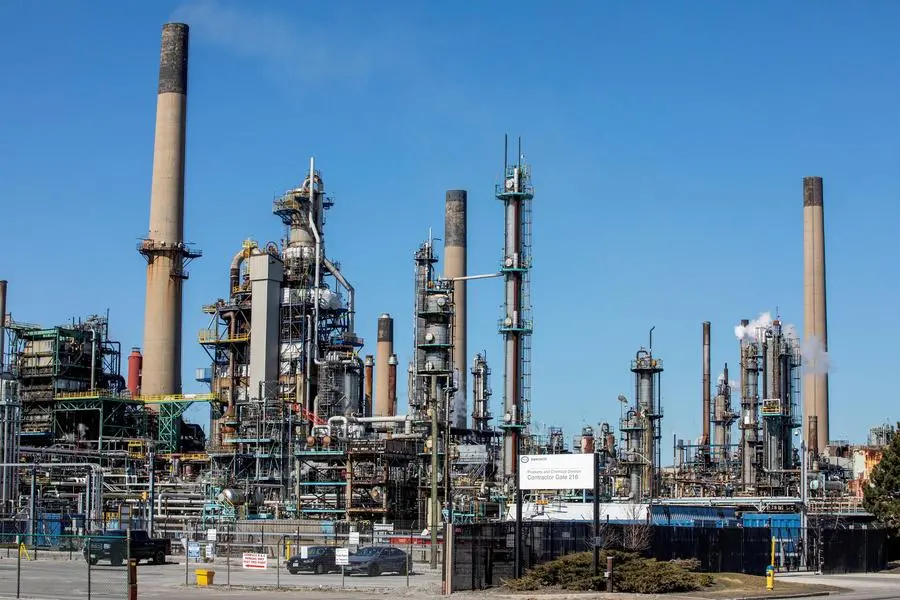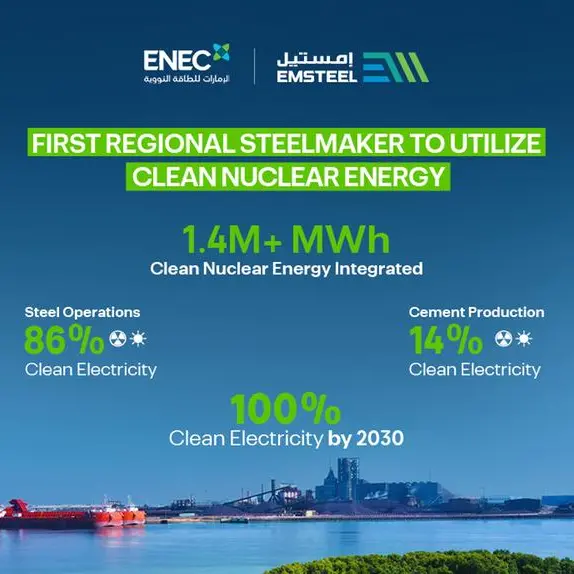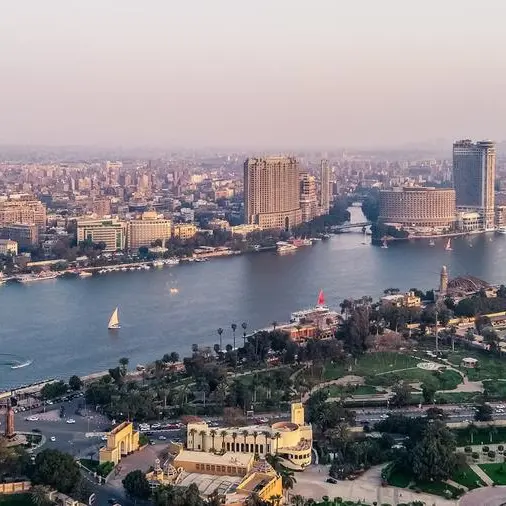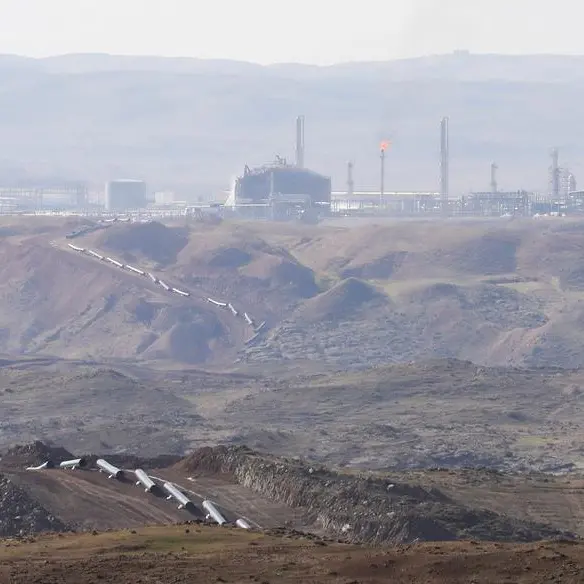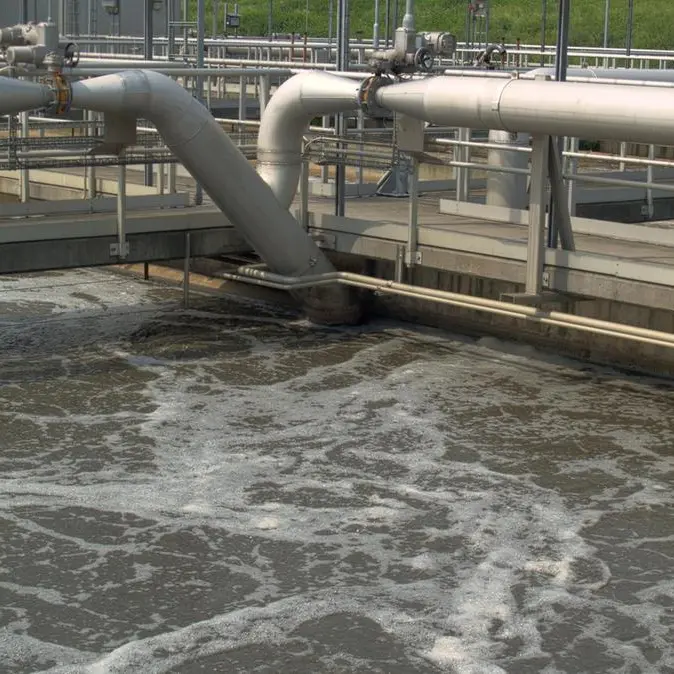PHOTO
(John Kemp is a Reuters market analyst. The views expressed are his own.)
LONDON: Oil producers in the Western Hemisphere have captured all the increase in global oil consumption over the last decade, reversing the previous trend towards production becoming concentrated in the Eastern Hemisphere.
With consumption growth increasingly focused on the Eastern Hemisphere, the predominant east-to-west flow of crude oil and refined products across the oceans has been reversed, transforming the energy security picture.
Western hemisphere output climbed to 31.6 million barrels per day (34% of the world total) in 2022 from 23.0 million bpd (27%) in 2012 (“Statistical review of world energy”, Energy Institute, 2023).
Greater production from the Western Hemisphere (+8.7 million b/d) satisfied the entire growth in global consumption (+8.6 million b/d) over the decade from 2012 to 2022.
The Western Hemisphere’s share will climb even further in 2023/24 thanks to output cuts by Saudi Arabia and its closest allies in the Middle East.
Production in the hemisphere has climbed despite collapsing output in Venezuela as a result of sanctions, corruption, mismanagement and lack of investment.
Between 2012 and 2022, increases from the United States (+8.9 million b/d), Canada (+1.8 million b/d) and Brazil (+1.0 million b/d) more than made up for the loss from Venezuela (-2.0 million b/d).
Since 2020, Guyana has also emerged as a major new producer, with output climbing to more than 0.5 million b/d by the end of 2023, spurring hemispheric growth even more.
EAST-WEST SPLIT
Venezuela was one of the six founding members of the Organization of the Petroleum Exporting Countries (OPEC) in 1960; the country’s oil minister Juan Pablo Perez Alfonso arguably did more than anyone else to create it.
But Venezuela’s role has become increasingly marginal since the 1990s as its output has shrivelled and become unpredictable. The country has not even been subject to the system of production allocations or quotas since 2019.
OPEC has become increasingly dominated by Saudi Arabia and other producers clustered around the Persian Gulf, with the expanded OPEC+ group mostly bringing in former Soviet producers led by Russia.
OPEC and OPEC+ are essentially groups of Eastern Hemisphere producers, where they account for over half of all output, but with an insignificant footprint in the Western Hemisphere.
U.S. producers are prohibited from coordinating formally with OPEC by antitrust laws, while their counterparts in the rest of the Western Hemisphere have shown little appetite for such coordination.
Given OPEC’s dominance by Eastern Hemisphere producers, the organisation has played an ironic role as midwife to the resurgence of output in the Western Hemisphere.
By restricting lower-cost production from the Persian Gulf and Eurasia to keep prices higher than they would otherwise have been, OPEC and later OPEC+ sustained the shale revolution in the United States.
The entrepreneurship which drove the shale revolution was home grown, but the impetus came from high oil prices, and OPEC rescued the sector from a financial meltdown in 2016/17 and again in 2020/21.
OPEC policy also nurtured the growth of higher-cost production from Canada’s oil sands, Brazil’s ultra-deepwater offshore fields and more recently from Guyana.
Since the 1970s, long-term oil projections have shown an increasing proportion of output coming from large and low-cost reserves concentrated in the Middle East.
By voluntarily restricting their output in pursuit of higher prices, however, the Middle East producers have negated those projections.
Between the 1970s and 1990s, the main beneficiaries were higher-cost producers around the North Sea as well as in Alaska, China and the former Soviet Union.
Since the 2000s and especially the 2010s, the primary beneficiaries have been producers across the Western Hemisphere.
ENERGY SECURITY
Western Hemisphere producers now account for more than a third of global output, up from less than a quarter when prices were spiking in 2008.
The Western Hemisphere’s share of production is at the highest level since 1972, before the first oil shock in 1973/74, and is still climbing.
Western Hemisphere production has grown much faster than consumption, which first lowered its import requirements from the Eastern Hemisphere, then resulted in an increasing surplus available for export.
As a result, increasing tanker traffic from the Middle East across the Mediterranean and Atlantic to Western Europe and North America has diminished and started to reverse.
In an integrated global market, the loss of production anywhere is a threat to consumers everywhere - in the form of higher prices if not physical scarcity.
But greater geographical diversification of production and an increased share from the Americas has reduced war risks and some other forms of political risk.
In the 1950s and 1960s, the greatest risks were felt in Western Europe and Japan, given their intense dependence on imports from the Middle East.
From the 1970s and 1980s, these risks were increasingly shared by the United States, as local production fell and the country became a net importer.
But the shale revolution and the rise of other Western Hemisphere production has substantially lessened those risks even if it has not eliminated them entirely.
In the 2020s and 2030s, it is consumers in Asia, especially in China and India, who have become the most vulnerable to any interruption in supplies from the Middle East or the Western Hemisphere.
From 1945 until around 2010, policymakers in the Euro-Atlantic region were pre-occupied by issues related to oil security: diplomacy, protecting tanker routes, creating strategic inventories and encouraging alternatives to oil.
Now it is the turn of their counterparts in Asia.
John Kemp is a Reuters market analyst. The views expressed are his own. Follow his commentary on X https://twitter.com/JKempEnergy
(Editing by Emelia Sithole-Matarise)
